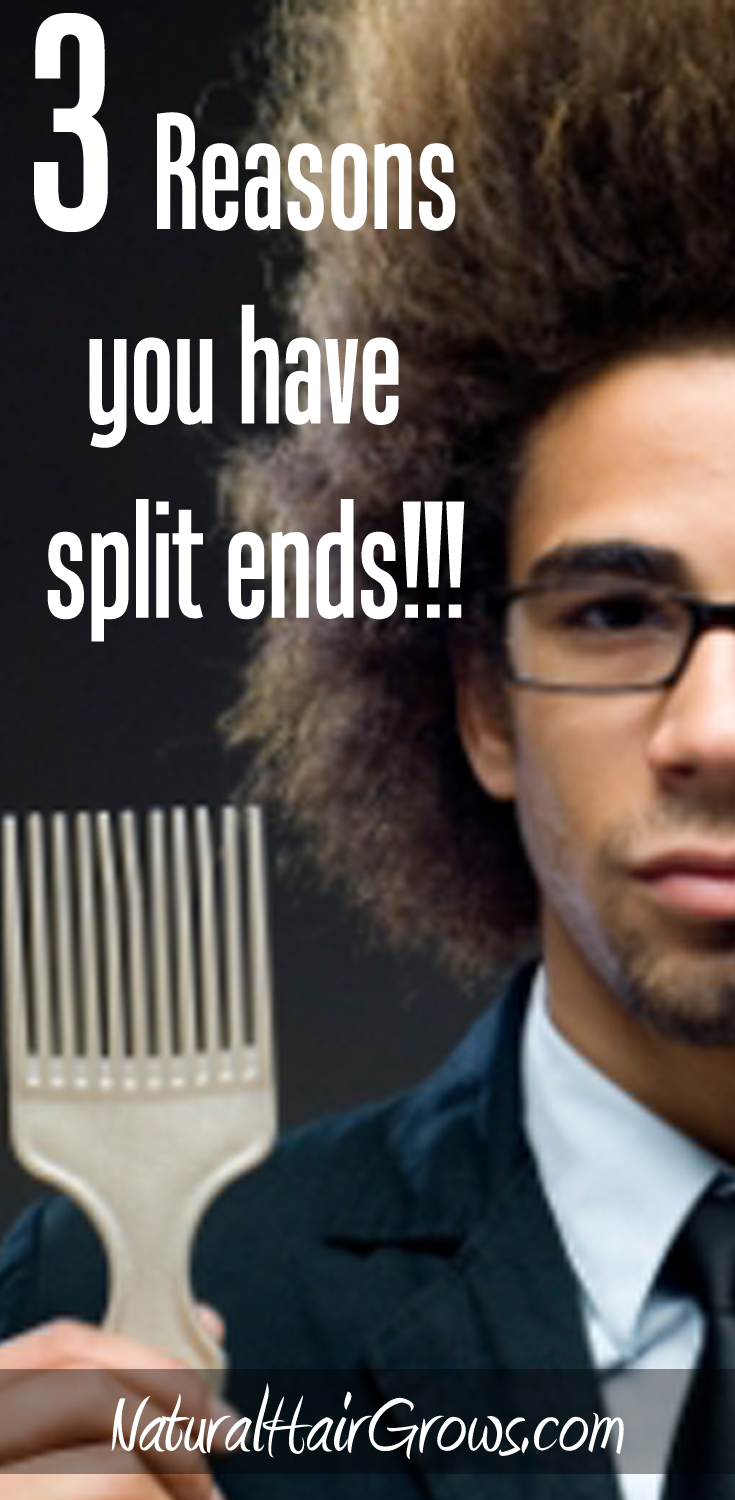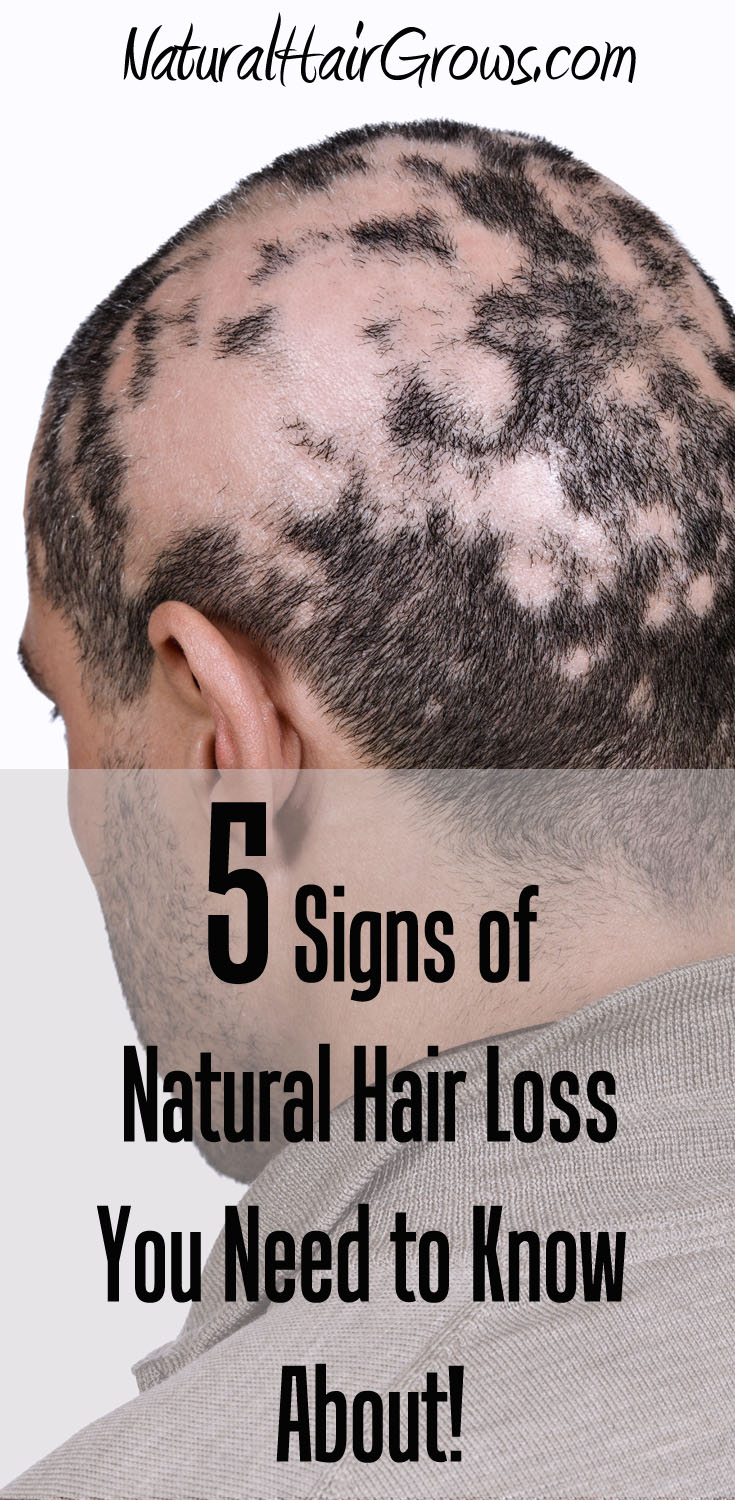Hair Breakage: The Ruin of Natural Hair Styles for the Weekend and Beyond!

Have you ever had a natural hairstyle planned and hair breakage ruined it? One week, about a year ago, I had a defined and curly twist-out style planned for a Friday evening. So from Tuesday, I set my hair in twists to avoid frizziness or droopy curls.
When Friday came, I took out my twists and fluffed them out, but somehow the style didn’t look right. There was an area of my hair that didn’t look as full and thick as the other side. So the entire twist-out style was ruined. Ergo, Plan B: forced updo! That’s right. The hair breakage forced an updo style: an unplanned updo. Instead of rocking my fro, I was rocking my bobby pins.
Wearing an updo should never be a plan B, but your choice.
So, after my night of bobby pin adjustments and having a mini press conference answering questions from friends, (the number one question being, “How does your hair look when you wear it out?”) I went home and analyzed this thinning area and noticed a couple of issues.
My edges were raggedy.
There were bubble-shaped spaces within my hair strand.
I also noticed splintered hair as if my hair strand was bent in half, ready to snap off, but holding on by a thin strand.
I couldn't believe all of these occurrences were located on one area of my head. Dermatologists definitely know about these three causes of hair breakage which I call the trifecta of hair damage: trichoptilosis, trichorrhexis nodosa, and trichoclasis.
What is trichoptilosis? Hint: Your natural hair will look grossly uneven when you straighten it out with this problem
Trichoptilosis, also known as split ends, is an extensive loss of the cuticle leading to fraying and splitting of the hair shaft at the ends (Whiting & Dy, 2006) This splitting is caused by many factors.
Knowing what these factors are will hopefully prevent a plan B from occurring and allow you to prevent and deal with hair breakage before it starts.
• Weathering, which is the result of “wear and tear,” affects the ends of the hair. This occurs in normal and damaged hair and is aggravated by "excessive sun, wind, washing, hair styling, friction, traction and chemicals.” (Whiting & Dy, 2006)
The cuticle layers are a key player in hair breakage. See here what they look like.
• Chemical trauma also causes split ends. (Rook & Dawber, 1982) This can include hair coloring, permanent waving, or hair straightening (Scott, 1988). Any hair trauma that lifts, removes or damages the cuticle layers can cause this type of hair breakage.
• Physical Trauma such as vigorous combing (like using the blow-dryer comb attachment to stretch hair straight), or brushing can cause split ends. For example, when researchers want to recreate the effect of split ends for experiments, they vigorously brush the hair to create the splits. (Rook & Dawber, 1982 p. 251)
Treatment and Prevention of Split Ends = Freedom to Choose any Natural Hair Style You Want
A trim or haircut will remove the damage of split ends. Yet, future handling of hair has to involve gentle hair care and a suspension of harmful hair care techniques (Scott, 1988).
You should be able to wear whatever style you want. Hair breakage should never get in the way of the thickness, growth and curl of natural hair.
So hopefully, at the next press conference I give regarding my hair, I’ll only have to address the following question: “How did you get your hair so gorgeous???”
Coming Soon: Part 2 of this article: Next stop on the Hair Breakage Train: Trichorrhexis Nodosa
References:
- Dawber, R. Diseases of the Hair and Scalp. Oxford,
Blackwell Scientific Publications, 1998 p. 251-252
- Scott, D.A.(1988) Disorders of the Hair and Scalp in Blacks
Dermatologic Clinics, 6(3), 387-395.
- Whiting, D.A., Dy, L.C. (2006) Office Diagnosis of Hair Shaft Defects
Seminars in Cutaneous Medicine and Surgery, 25(1) 24-34.





